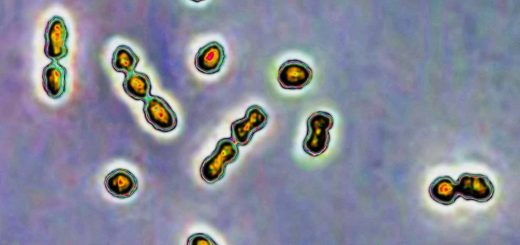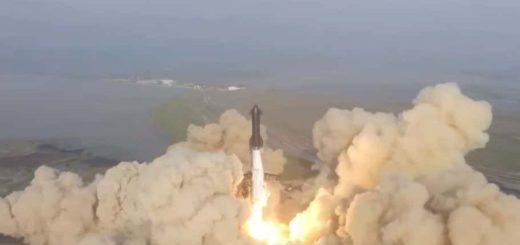OSIRIS-REx is about to fling samples of the asteroid Bennu at Earth
NASA’s OSIRIS-REx mission is about to hurtle past Earth, and if all goes well it will drop its samples from the asteroid Bennu in the Utah desert on 24 September
By Leah Crane
22 September 2023
Illustration of the OSIRIS-REx sample return capsule passing through Earth’s atmosphere
NASA Goddard Space Flight Center/CI Lab
Bits of the asteroid Bennu are coming back to Earth. NASA’s OSIRIS-REx spacecraft took samples of the asteroid in 2020 which are scheduled to arrive on Earth on 24 September.
OSIRIS-REx launched in 2016 and entered orbit around Bennu in 2018. Scientists chose Bennu as a target primarily because of its relatively small distance from Earth – at the time of launch, it was about 225 million kilometres away, and in the intervening years it got as close as 50 million kilometres from Earth.
Because of its regular close approaches, Bennu is considered a near-Earth object (NEO). It’s not expected to smash into our planet anytime soon, but there is about a 0.057 per cent chance of a collision in the next 300 years. Bennu is about 490 metres across, so if it did crash into Earth it would cause significant damage.
Advertisement
One reason to study Bennu is to figure out how to protect Earth from it and similar asteroids. But another is that it is one of the most primitive space rocks we know of. “Asteroids like Bennu are time capsules from the early solar system, debris that’s left over from the formation of the solar system,” says Anjani Polit at the University of Arizona, part of the OSIRIS-REx team.
Such asteroids probably clustered together to form our solar system’s planets, so we can use them to understand how the planets formed and grew. Bennu in particular hosts large concentrations of carbon, the main building block of organic molecules – which in turn are the building blocks for life as we know it.
“We’re pretty sure that there will be organic molecules in these samples,” says OSIRIS-REx scientist Michelle Thompson at Purdue University in Indiana. “Studying these organic molecules might help us understand what organics were around in the early solar system that could have seeded life on Earth.”


